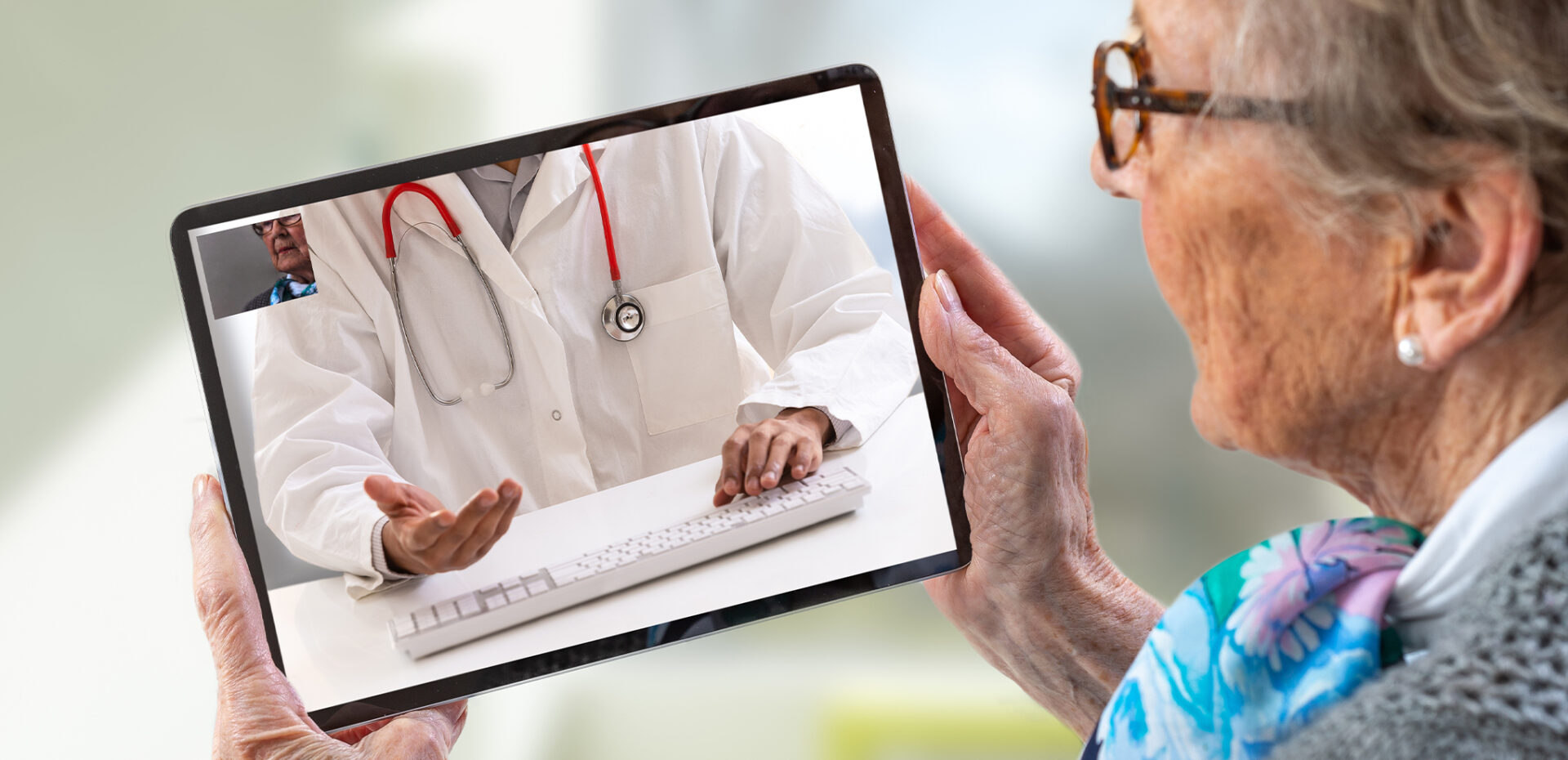COVID-19 is a national emergency that we are still trying to wrap our heads around. As we all know, the patient surge of positive cases is overwhelming the medical community.
The impact of how medicine handles surging caseloads during this crisis remains a work in progress. The escalating apex along with diagnosed positive patient numbers and lives lost is in a constant state of flux.
The paradigm of care is shifting. Hayes Locums has been discussing telehealth medicine with our providers and hospital and healthcare system clients to gauge everyone’s next moves. We have touched on critical issues including who has the capability to start, who is currently using telehealth technology and who is prepared to provide clinical health care from a distance. We are all adapting to do whatever it takes to help patients across the country have access to physicians and advanced practice clinicians.
A Tech Battle Tool
COVID-19 is a transformative experience, and as such, telehealth medicine is gaining serious ground as a likely and key tool to help slow the spread of COVID-19 and more. And for good reason. The Centers for Disease Control (CDC) is pushing out messaging to urge the public and medical staff to use telehealth solutions for non-urgent communication. This is intended to alleviate the pressure that emergency room providers and clinicians now face. Telehealth is a working solution for patients who have other medical concerns and need to see a doctor but are unable to do so because of how contagious COVID-19 is. Especially now, telehealth medicine is also about minimizing the risk for patients, providers and other healthcare workers.
The need is increasing for:
- On-demand acute care via telehealth medicine
- ICU programs for specialist-to-specialist communication (intensive care for the most critical patients) to help reduce complications and hospital stays
- Tele-triage
An American Medical Association (AMA) Digital Health Study reports a striking indicator of telehealth’s building momentum, which suggests that now is the time for physicians to understand how care delivered at a distance can fit into a wide variety of models. There appears to be a consensus that telehealth medicine makes practical good sense. Telemedicine technology vendors have reported direct-to-consumer telemedicine providers operating at a large scale to provide care to patients concerned about care after exhibiting potential symptoms associated with the novel coronavirus, according to Healthcare IT News (Global Edition).

As COVID-19 continues to dominate everyday medicine — there are historic steps being taken by the Centers for Medicare & Medicaid Services (CMS.gov) to equip hospitals and healthcare systems with flexible ways to handle growing patient caseloads due to the pandemic. One of the ways is through telehealth technology.
“Telehealth is a working solution for patients who have other medical concerns and need to see a doctor but are unable to do so because of how contagious COVID-19 is.”
Drivers of adoption of digital health tools have remained consistent over the past four years, says the AMA. However, there are two elements that have shifted as to how physicians think about digital health tools. An AMA physician survey revealed:
- “Allows me to provide care remotely” has moved from a niche need to a secondary driver.
- “Helps reduce stress/burn-out” has moved from a low priority to be a key motivator and secondary driver.
Patient Care Here and Now
In-person doctor visits are at jeopardy because of the fear of spreading the virus. Our ‘new normal’ is revealing how connections, including specialist-to specialist and specialist-to-patient, will redirect medicine and providers in new and surprising ways. As telehealth medicine becomes integrated more as a norm during the crisis and post-COVID-19, this type of patient care will see growth spurts, including direct-to-consumer models and advancements through technology.
“There appears to be a consensus that telehealth medicine makes practical good sense.”
The uptick in telehealth medicine expansion is obviously far reaching. It extends from typical hospital and clinical settings to even ICUs. It covers convenience, quality and cost, but it is also becoming more apparent that providers and patients now see telehealth medicine and e-health applications as an access issue above all else. Technology apps have enabled patients to actively be a part of their personal healthcare.
Once viewed as a tool for ambulatory or post-acute care, telehealth is now a tool for far more. Providers who believe in the value of telehealth medicine see ER’s ramping up to triage patients outside a hospital’s four walls, and it is also proving useful for first responders.



